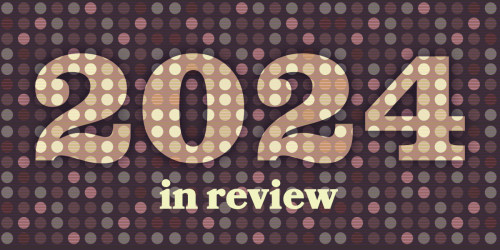Axon—the makers of widely-used police body cameras and tasers (and that also keeps trying to arm drones)—has a new product: AI that will write police reports for officers. Draft One is a generative large language model machine learning system that reportedly takes audio from body-worn cameras and converts it into a narrative police report that police can then edit and submit after an incident. Axon bills this product as the ultimate time-saver for police departments hoping to get officers out from behind their desks. But this technology could present new issues for those who encounter police, and especially those marginalized communities already subject to a disproportionate share of police interactions in the United States.
Responsibility and the Codification of (Intended or Otherwise) Inaccuracies
We’ve seen it before. Grainy and shaky police body-worn camera video in which an arresting officer shouts, “Stop resisting!” This phrase can lead to greater use of force by officers or come with enhanced criminal charges. Sometimes, these shouts may be justified. But as we’ve seen time and again, the narrative of someone resisting arrest may be a misrepresentation. Integrating AI into narratives of police encounters might make an already complicated system even more ripe for abuse.
If the officer says aloud in a body camera video, “the suspect has a gun” how would that translate into the software’s narrative final product?
The public should be skeptical of a language algorithm's ability to accurately process and distinguish between the wide range of languages, dialects, vernacular, idioms and slang people use. As we've learned from watching content moderation develop online, software may have a passable ability to capture words, but it often struggles with content and meaning. In an often tense setting such as a traffic stop, AI mistaking a metaphorical statement for a literal claim could fundamentally change how a police report is interpreted.
Moreover, as with all so-called artificial intelligence taking over consequential tasks and decision-making, the technology has the power to obscure human agency. Police officers who deliberately speak with mistruths or exaggerations to shape the narrative available in body camera footage now have even more of a veneer of plausible deniability with AI-generated police reports. If police were to be caught in a lie concerning what’s in the report, an officer might be able to say that they did not lie: the AI simply mistranscribed what was happening in the chaotic video.
It’s also unclear how this technology will work in action. If the officer says aloud in a body camera video, “the suspect has a gun” how would that translate into the software’s narrative final product? Would it interpret that by saying “I [the officer] saw the suspect produce a weapon” or “The suspect was armed”? Or would it just report what the officer said: “I [the officer] said aloud that the suspect has a gun”? Interpretation matters, and the differences between them could have catastrophic consequences for defendants in court.
Review, Transparency, and Audits
The issue of review, auditing, and transparency raises a number of questions. Although Draft One allows officers to edit reports, how will it ensure that officers are adequately reviewing for accuracy rather than rubber-stamping the AI-generated version? After all, police have been known to arrest people based on the results of a match by face recognition technology without any followup investigation—contrary to vendors’ insistence that such results should be used as an investigative lead and not a positive identification.
Moreover, if the AI-generated report is incorrect, can we trust police will contradict that version of events if it's in their interest to maintain inaccuracies? On the flip side, might AI report writing go the way of AI-enhanced body cameras? In other words, if the report consistently produces a narrative from audio that police do not like, will they edit it, scrap it, or discontinue using the software altogether?
And what of external reviewers’ ability to access these reports? Given police departments’ overly intense secrecy, combined with a frequent failure to comply with public records laws, how can the public, or any external agency, be able to independently verify or audit these AI-assisted reports? And how will external reviewers know which portions of the report are generated by AI vs. a human?
Police reports, skewed and biased as they often are, codify the police department’s memory. They reveal not necessarily what happened during a specific incident, but what police imagined to have happened, in good faith or not. Policing, with its legal power to kill, detain, or ultimately deny people’s freedom, is too powerful an institution to outsource its memory-making to technologies in a way that makes officers immune to critique, transparency, or accountability.











